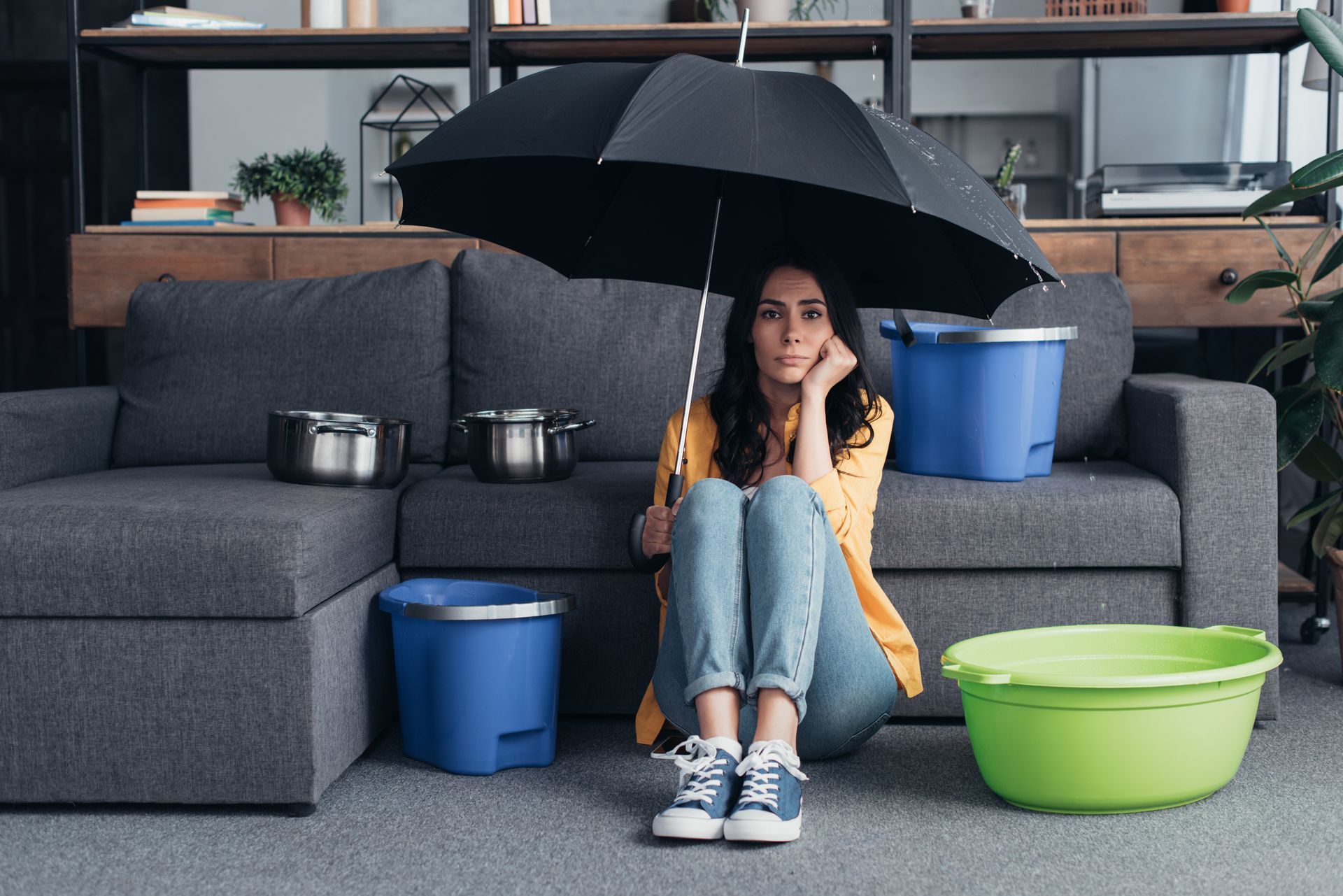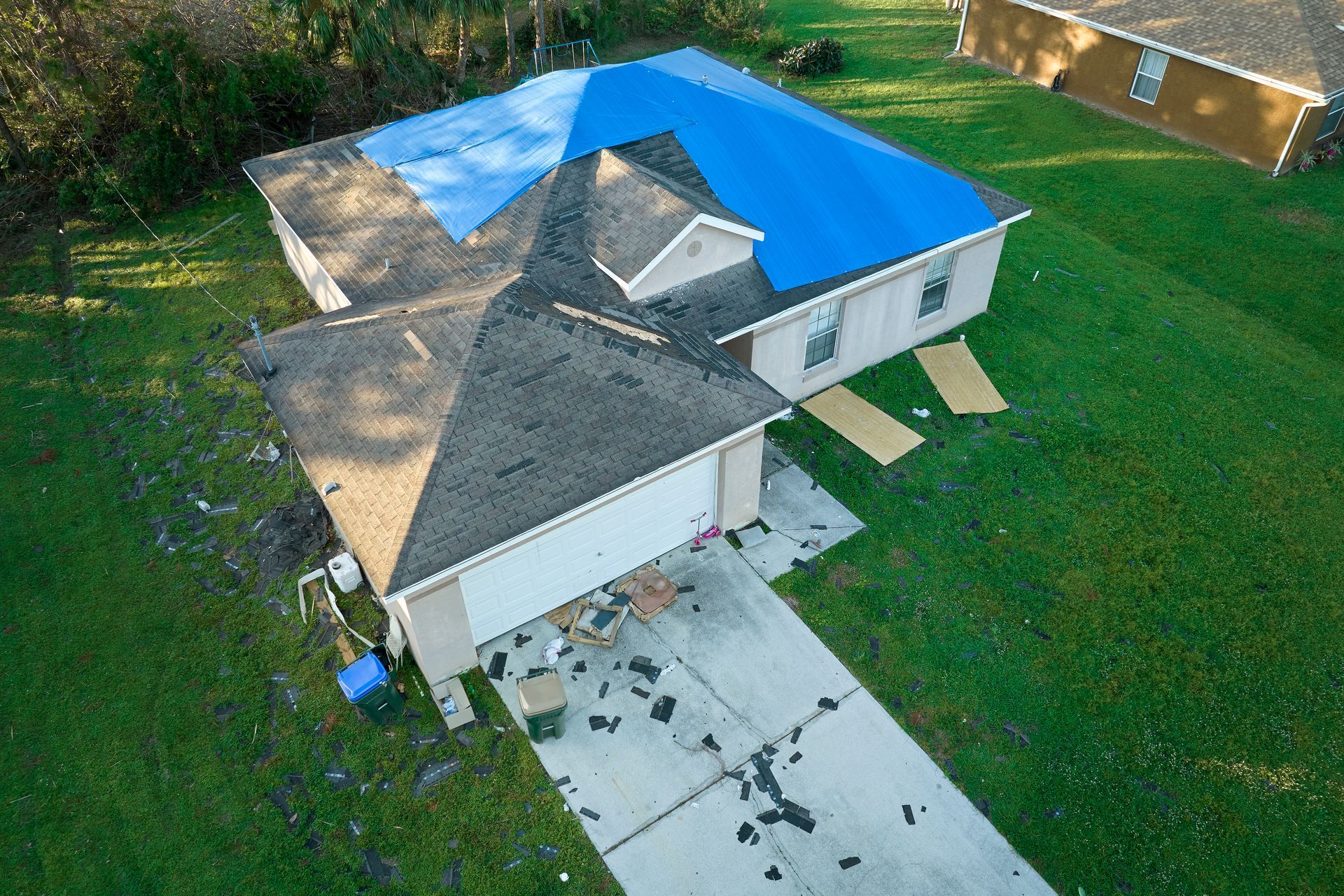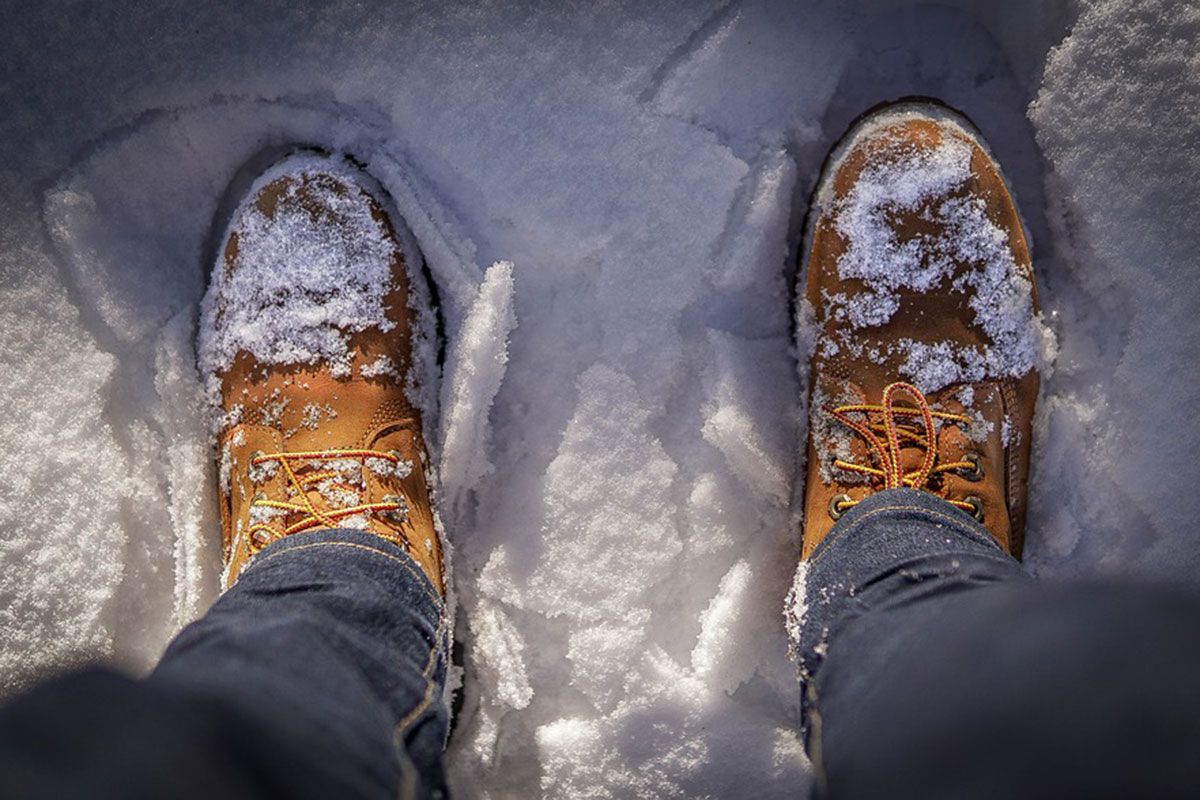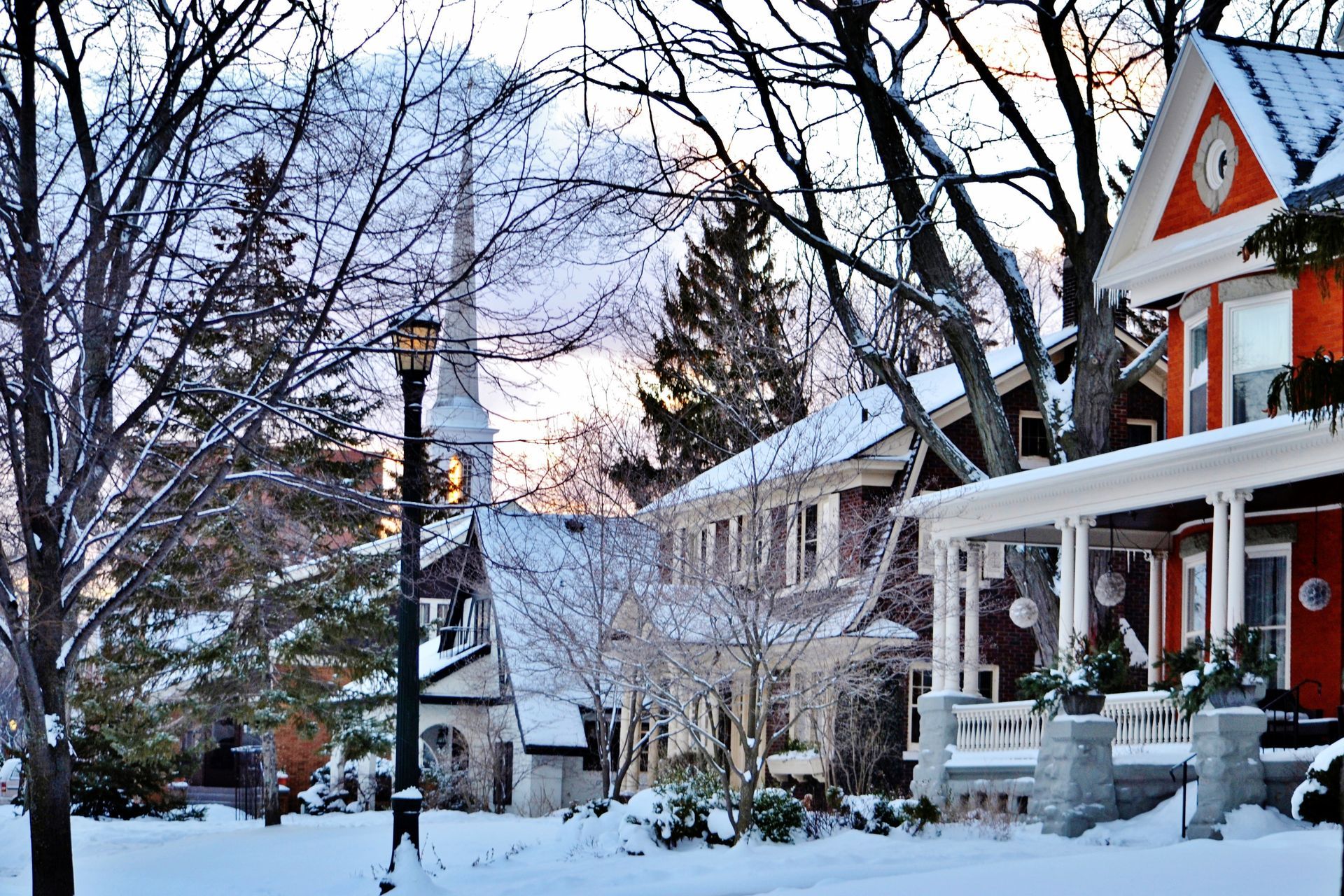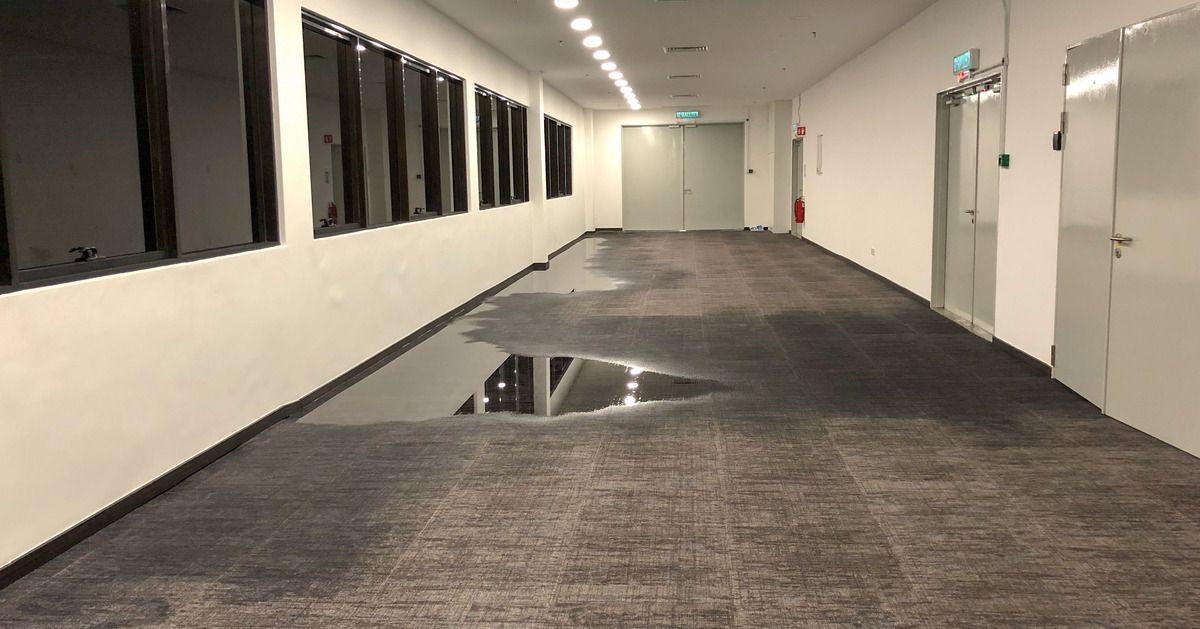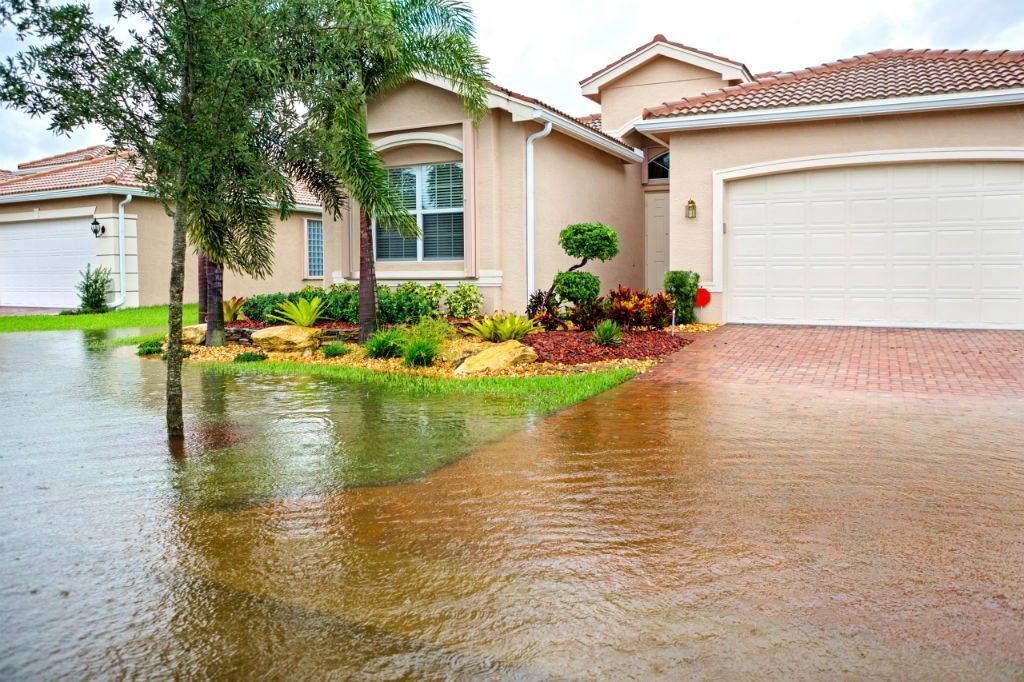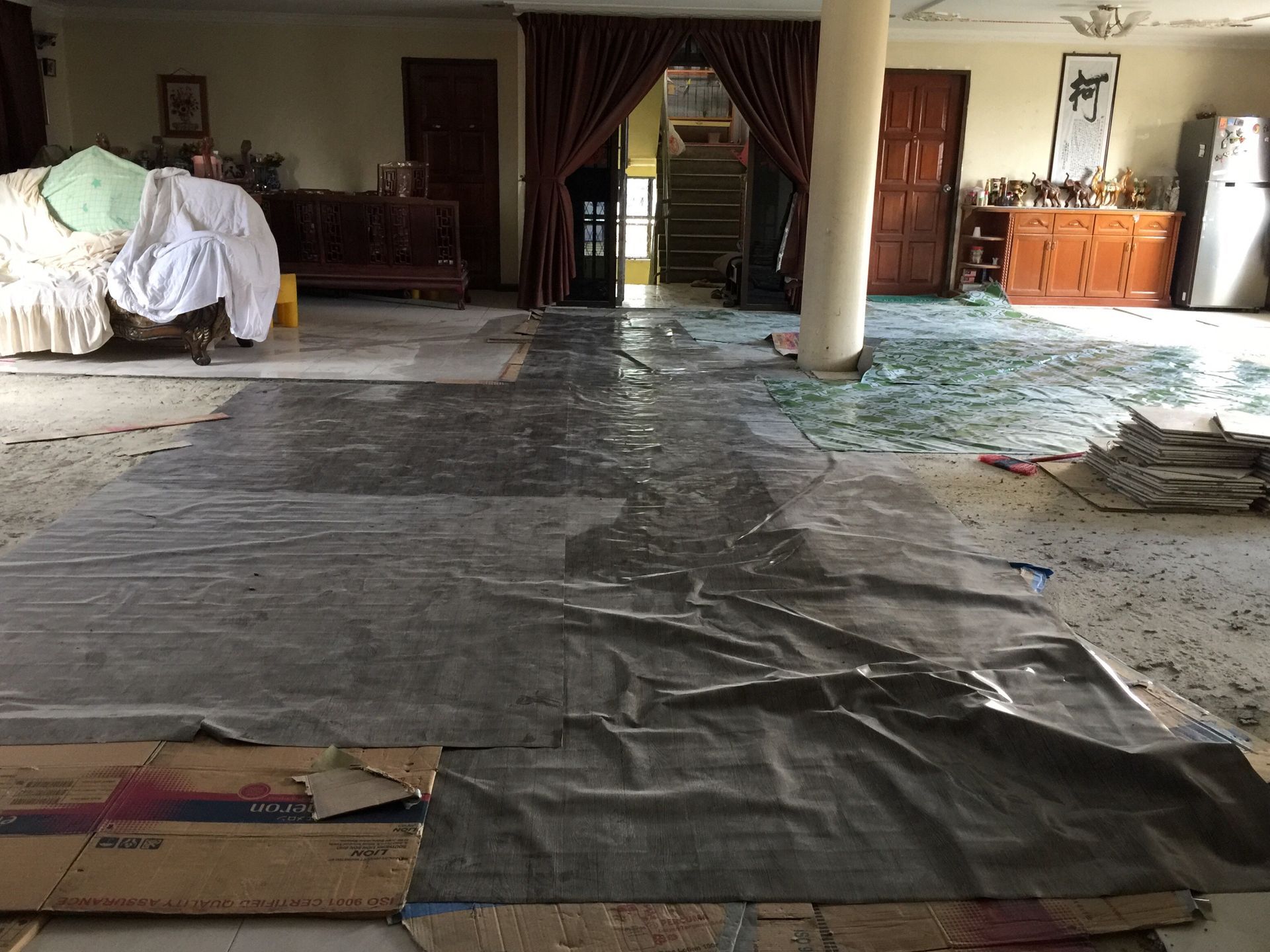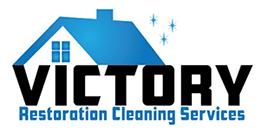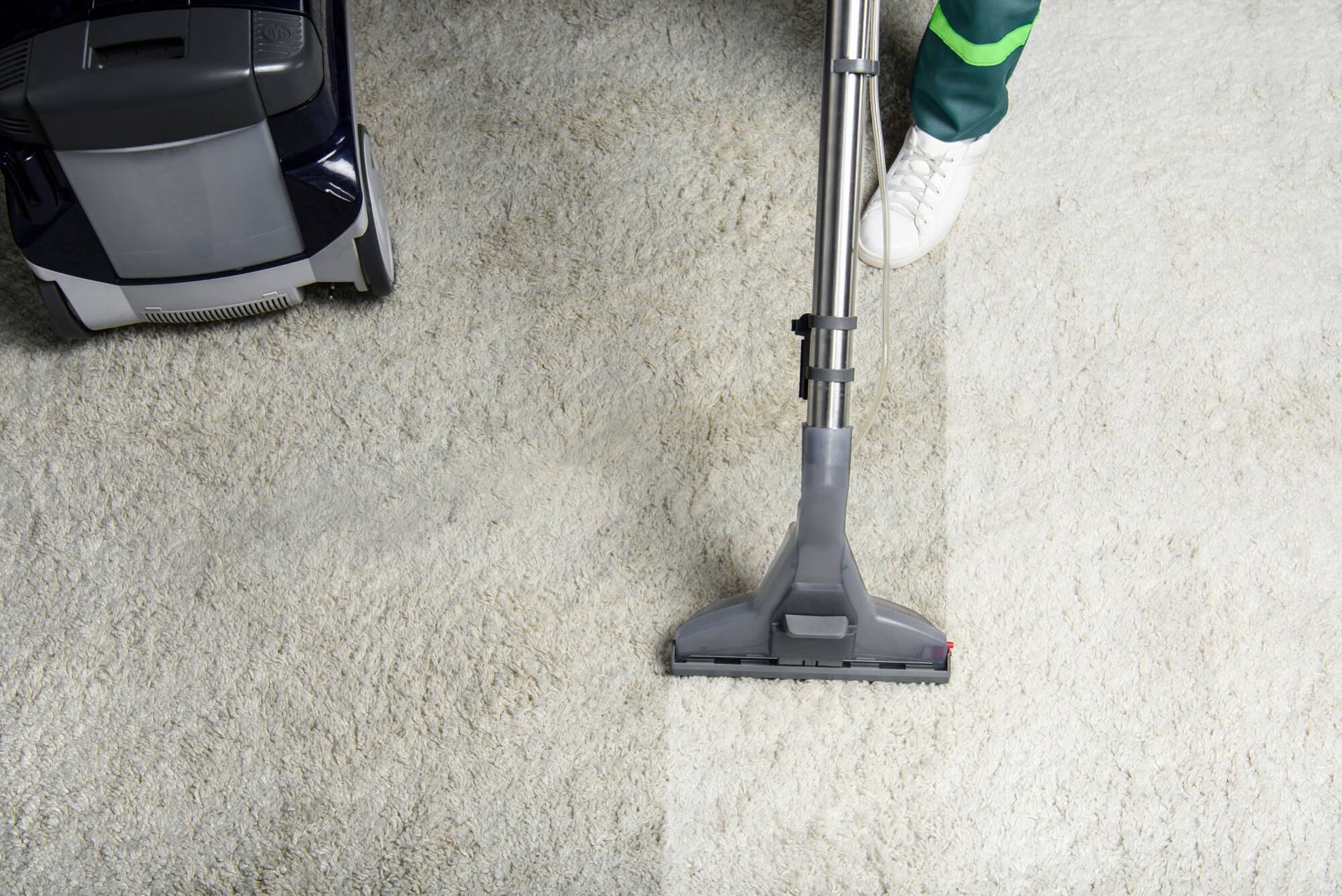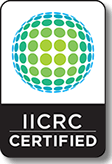Mold Removal After Disasters: 5 Potentially Life-Saving Steps
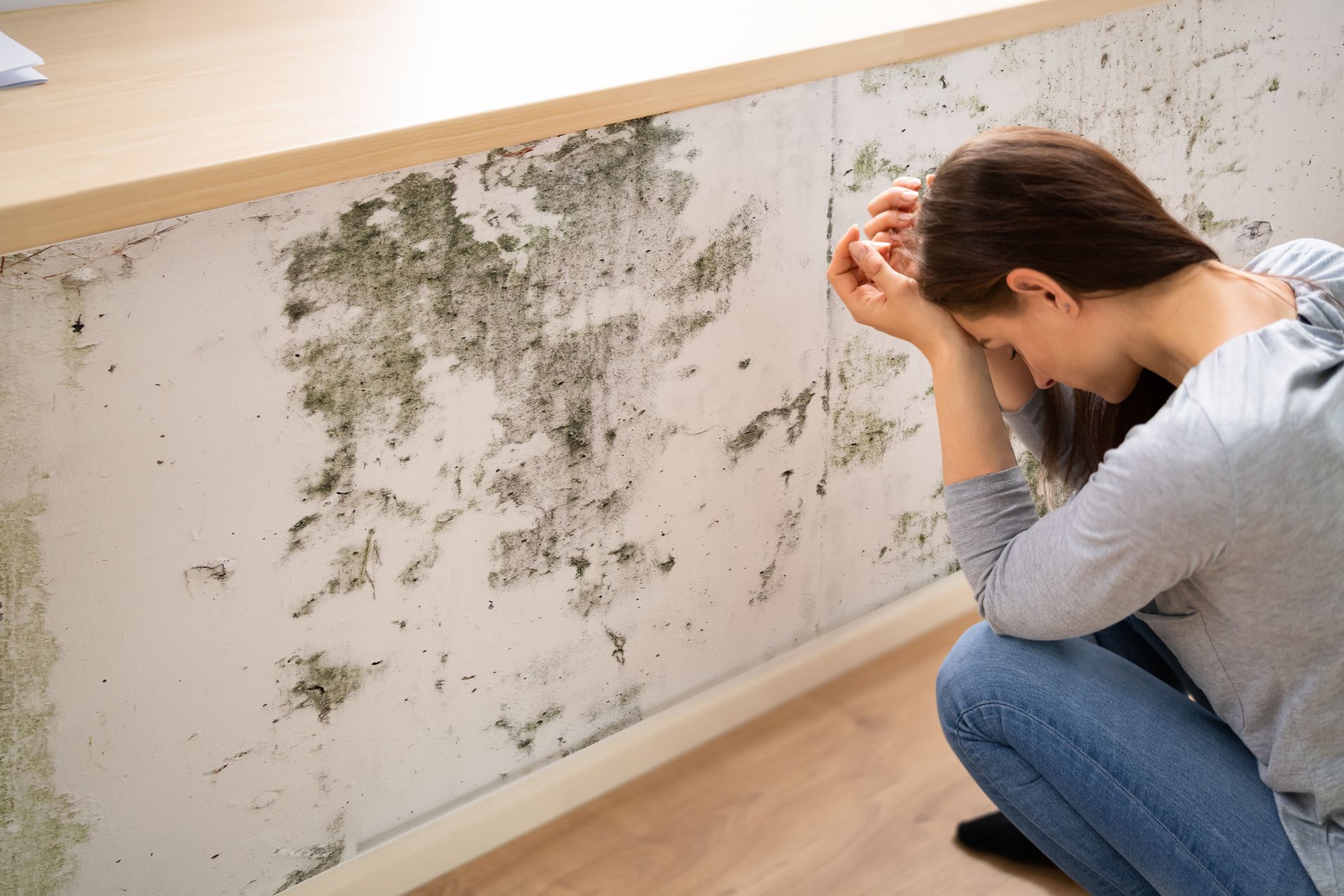
Dealing with mold removal after disasters can feel overwhelming, especially when you're already coping with water damage aftermath. I've helped countless homeowners tackle this challenge, and today, I'm sharing the exact process that works. From safety gear to proper cleanup techniques, these expert tips will guide you through effective mold removal after water damage, helping you protect your home and family.
How to Safely Remove Mold After Water Damage: Expert Tips for Homeowners
I've spent years dealing with mold remediation after disasters, and I'll tell you exactly what works.
Here's the deal: when water damage hits, mold can start growing within 24-48 hours.
I've seen countless homes where small water issues turned into massive mold problems because homeowners waited too long.
Let me walk you through the exact process we use at Victory RCS to handle mold safely and effectively.
Step 1: Assess the Damage (Do This First)
First thing I do on every job is grab my moisture meter.
You'd be shocked how often mold hides behind seemingly dry walls.
Here's what I check:
- Wall moisture levels (anything above 20% needs attention)
- Hidden spaces behind baseboards
- Under carpets and padding
- Inside wall cavities using specialized probes
Pro tip: That musty smell? It's often your first warning sign of hidden mold.
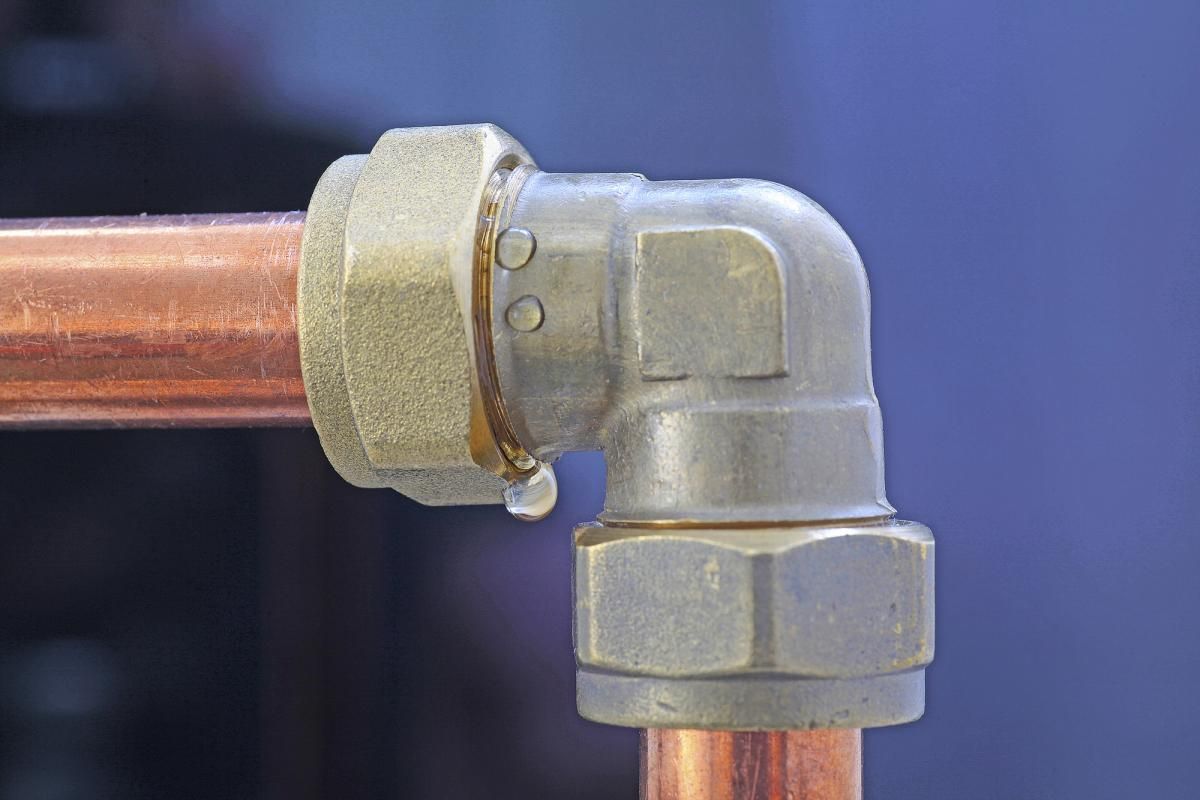
Step 2: Fix Water Sources (Skip This and You'll Regret It)
I can't stress this enough: fixing the water source is non-negotiable.
Every week I see people who tried cleaning mold without fixing leaks first.
Here's your checklist:
- Repair any plumbing leaks
- Fix roof damages
- Address drainage issues
- Install dehumidifiers in humid areas
Step 3: Safety First (This Is Serious)
Listen, I've seen too many DIY attempts go wrong because people skipped proper protection.
Here's what you absolutely need:
- N-95 respirator (minimum)
- Goggles (no gaps)
- Long gloves (rubber, extending to mid-forearm)
- Protective clothing (disposable suits are best)
Trust me, skipping safety gear isn't worth the risk.
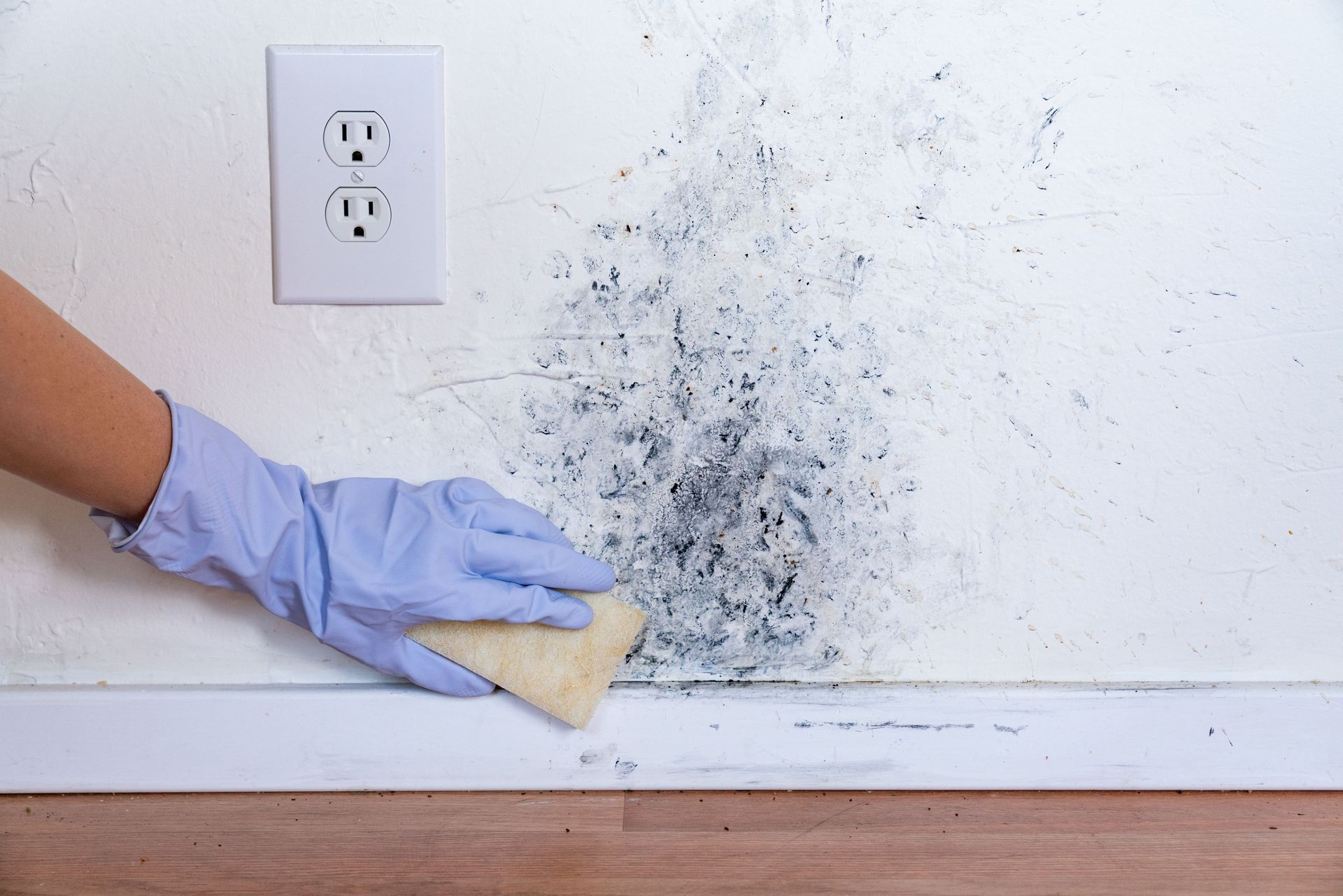
Step 4: The Cleanup Process
I'm going to break this down into exactly what we do:
1. Containment:
- Seal off the area with plastic sheeting
- Set up negative air pressure if needed
- Close all vents and doors
2. Removal:
- Remove wet materials (drywall, insulation)
- HEPA vacuum all surfaces
- Double-bag all moldy materials
3. Cleaning:
- Use appropriate cleaners (not just bleach)
- Scrub non-porous surfaces thoroughly
- Let surfaces dry completely
Step 5: Prevention (The Step Most People Skip)
Here's what I tell all my clients:
Keep humidity below 60% (use dehumidifiers if needed).
Install proper ventilation in bathrooms and kitchens.
Check for leaks monthly (especially under sinks).
When to Call a Pro
Be honest with yourself here.
Call a professional if:
- The affected area is larger than 10 square feet
- You spot black mold
- There's mold in your HVAC system
- You have health conditions
- Water damage is from contaminated water
Post-Cleanup Steps
Document everything (crucial for insurance).
Test moisture levels again.
Monitor the area for a few weeks.
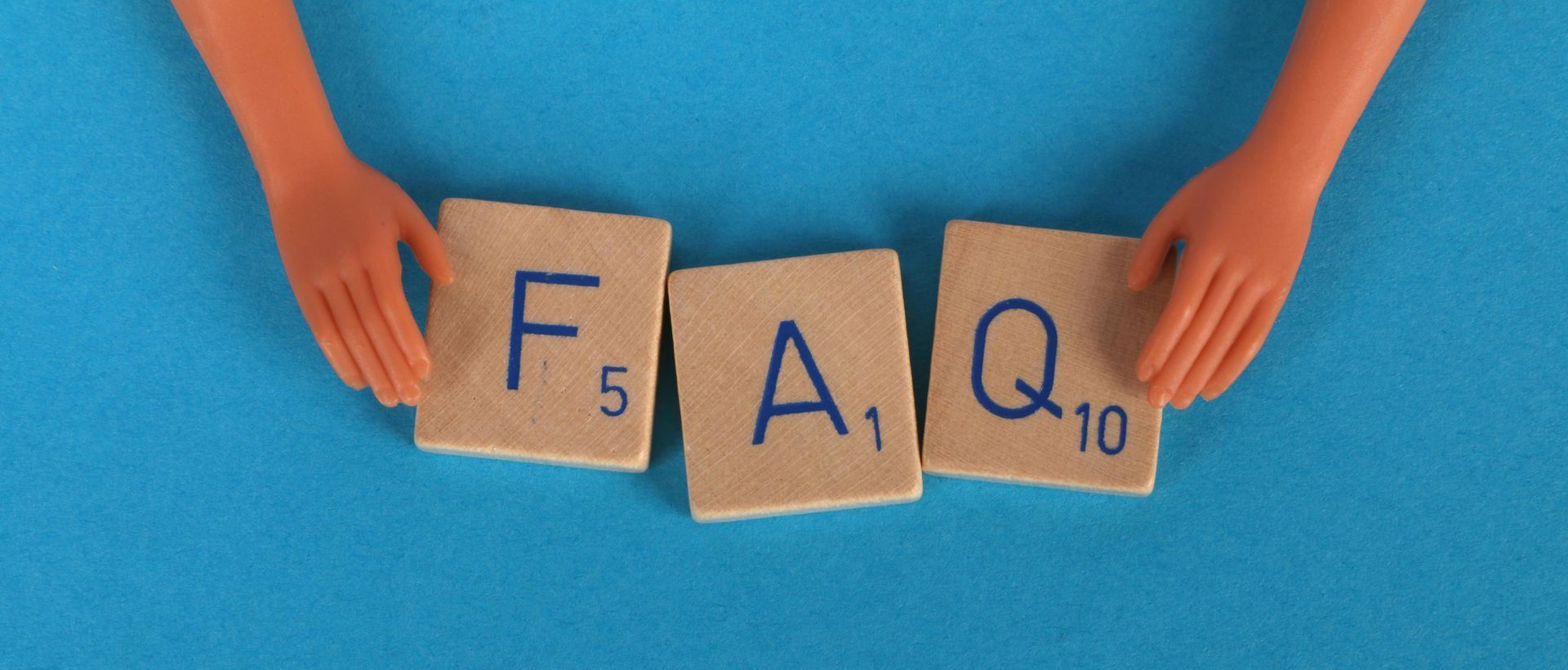
FAQs I Get All the Time
Q: Can I just paint over the mold?
No way. I've seen this fail spectacularly. The mold will eat right through the paint.
Q: How long until it's safe to rebuild?
Wood moisture content must be below 16%. Usually takes 3-7 days with proper drying.
Q: Will my insurance cover this?
Depends on your policy and cause. Document everything with photos and moisture readings.
The Bottom Line
Mold removal after water damage isn't a DIY project to take lightly.
Focus on safety, thoroughness, and prevention.
When in doubt, call a certified professional like us at
Victory RCS.
Remember: proper mold removal after disasters isn't just about cleaning – it's about protecting your home and health for the long term.
